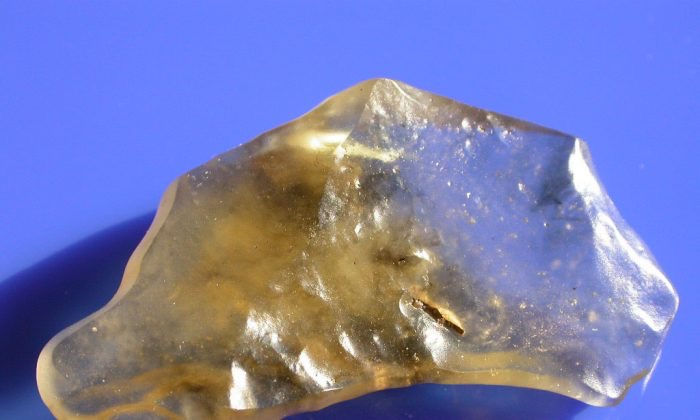NASA’s Curiosity Rover May Have Found Fossils on Mars
- skloucherepierre
- Feb 20, 2021
- 2 min read
Updated: Apr 5, 2021

For years, theorists have suggested that Mars once contained the necessary requirements to support life. Now, NASA’s Curiosity rover may have finally found indication of this from images showing what appear to be fossilized microbial structures.
Over the past five and a half years, NASA’s Curiosity rover has been mapping and imaging the Martian surface to gain more insight on the dusty planet. In addition to snapping pictures, the nomadic vehicle has been searching for signs of water, while also determining the viability for human colonization.
Scientists know that water once flowed on Mars and have been on a quest to discover whether it still does to this day. Aside from ice caps on the Martian poles, evidence of water in Mars’ past can be seen in dried lake beds, gullies, and what was once a large ocean in the planet’s topography.
In recent images of the Gillespie Lake outcrop, in the Yellowknife Bay area, Curiosity sent back pictures of small stick-like formations in a segment of sedimentary rock. To the untrained eye these formations might not appear to be much, but to a microbiologist who has studied microbially induced sedimentary structures (MISS), the pictures seem to have some profound implications.
Nora Noffke of Old Dominion University in Virgina meticulously compared the photo to instances of MISS on Earth and published a paper that has intrigued scientists at NASA. Though she’s hesitant to make any definitive claims, her paper provides some of the best evidence to date for indications of past lifeforms.
The stick-shaped markings aren’t actually considered to be fossils of microorganisms themselves, but rather fossils of their imprints.
Some have contested that these tubular markings are more likely crystals, rather than the footprint of microorganisms. In either case, the finding shows that the area once consisted of a body of water that had the elements needed to support life.
NASA is planning on sending another rover to Mars in 2020 that is nearly identical to Curiosity, with the goal of strictly searching for signs of previous life. Once collected, samples will be sent back to Earth from a small rocket deployed from the rover.
Scientists have recently found other signs of life on the red planet, including fluctuating levels of methane in the atmosphere. Some have proposed the idea that this gas may be coming from life below the surface.
On Earth, methane is produced from bacteria, primarily in the stomachs of animals and humans. Could there be bacteria, or life containing bacteria, producing that methane below the Martian surface?
Article Source : https://www.gaia.com/article/lifeforms-martian-rocks
.jpg)










Comments